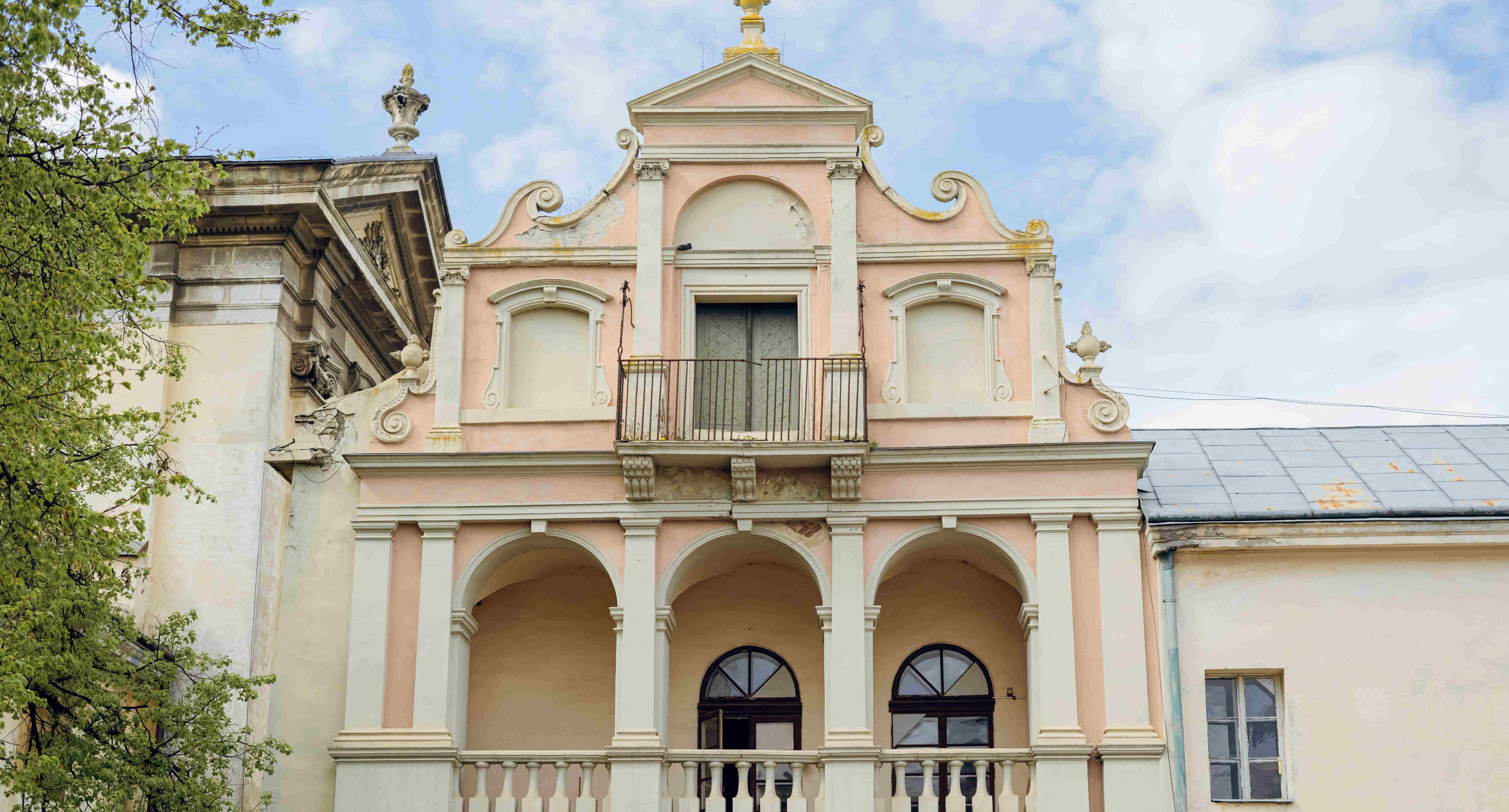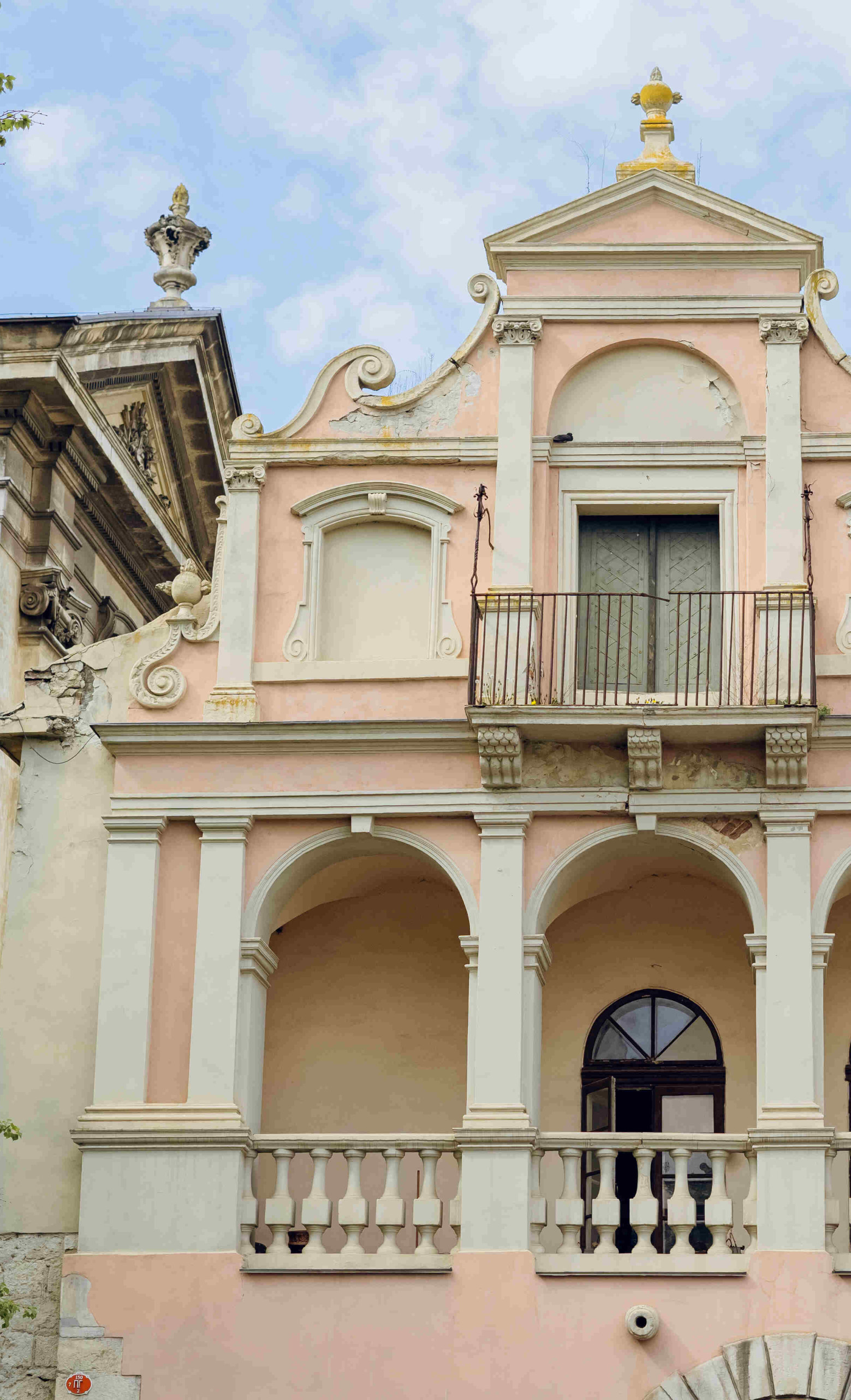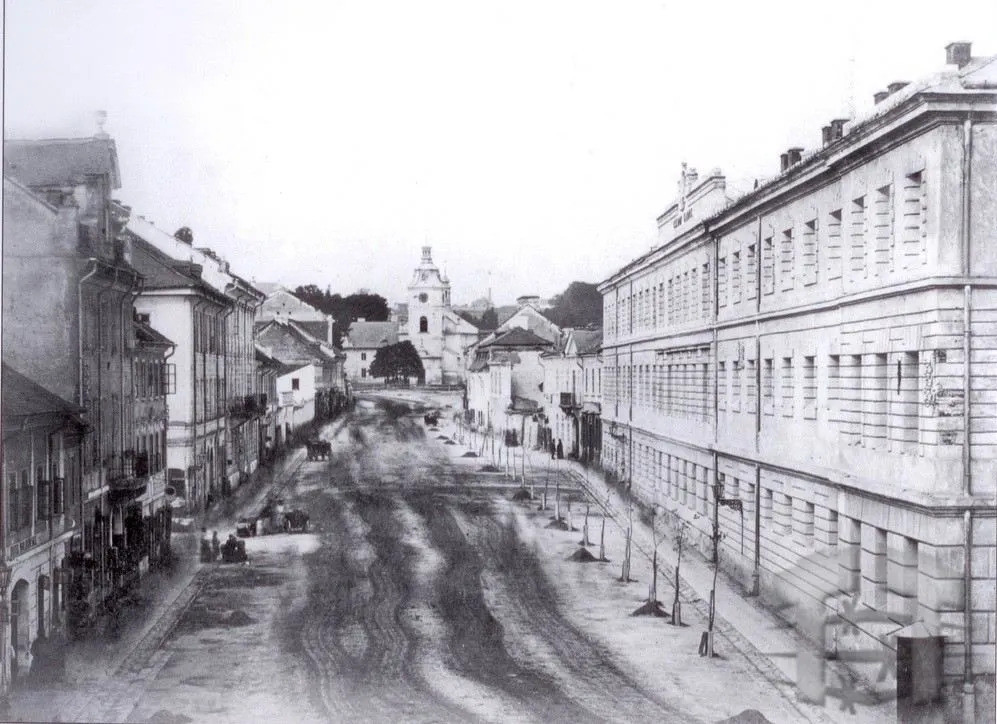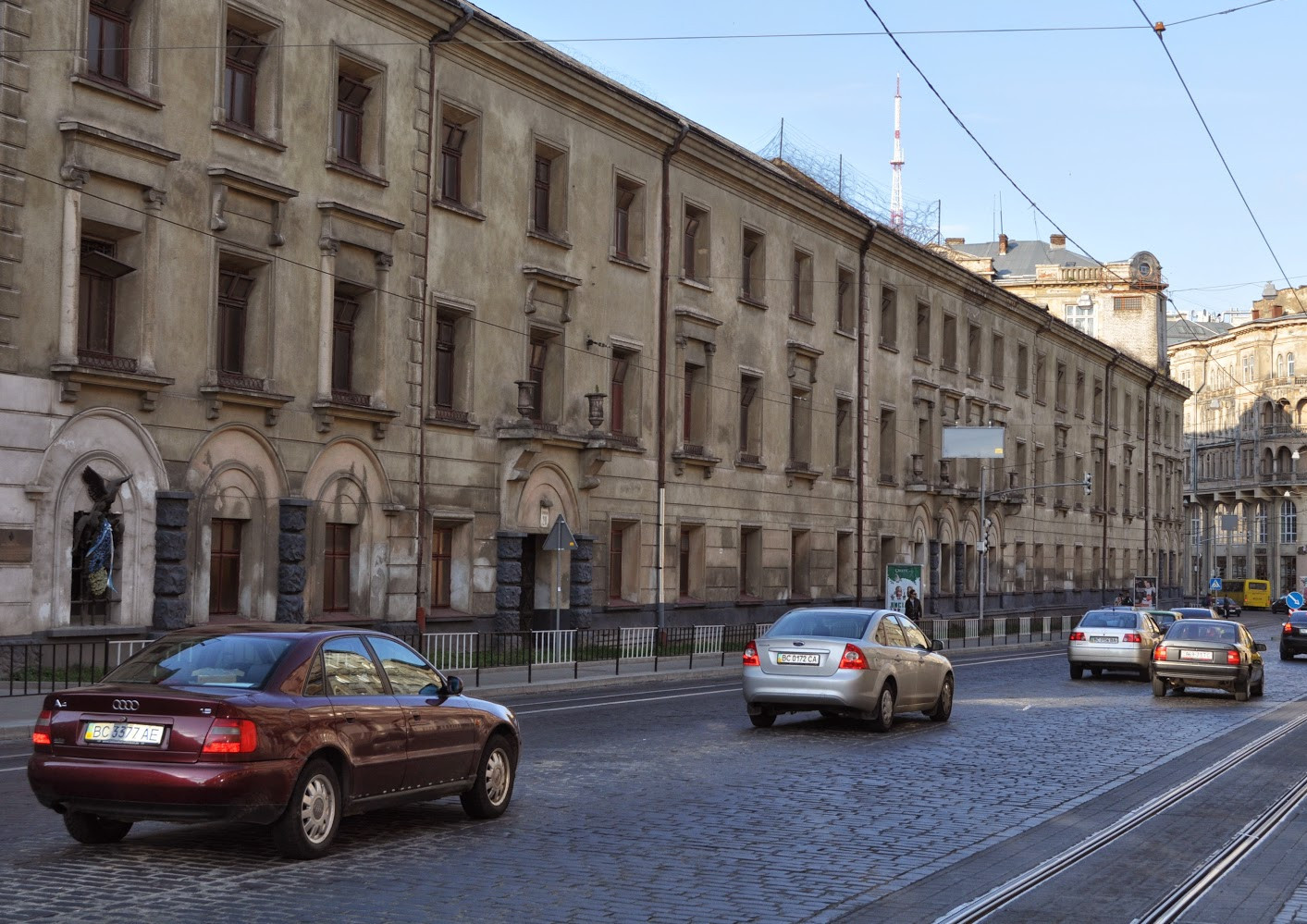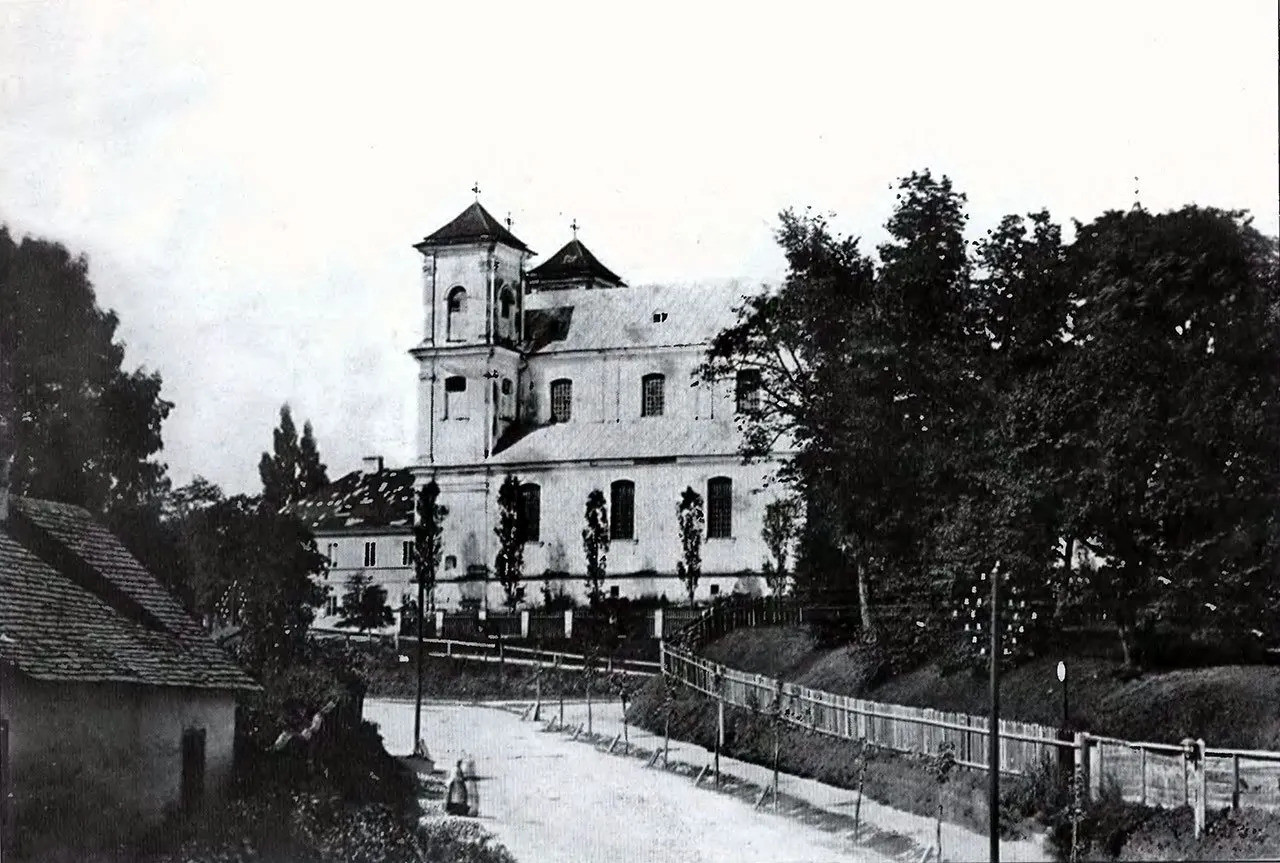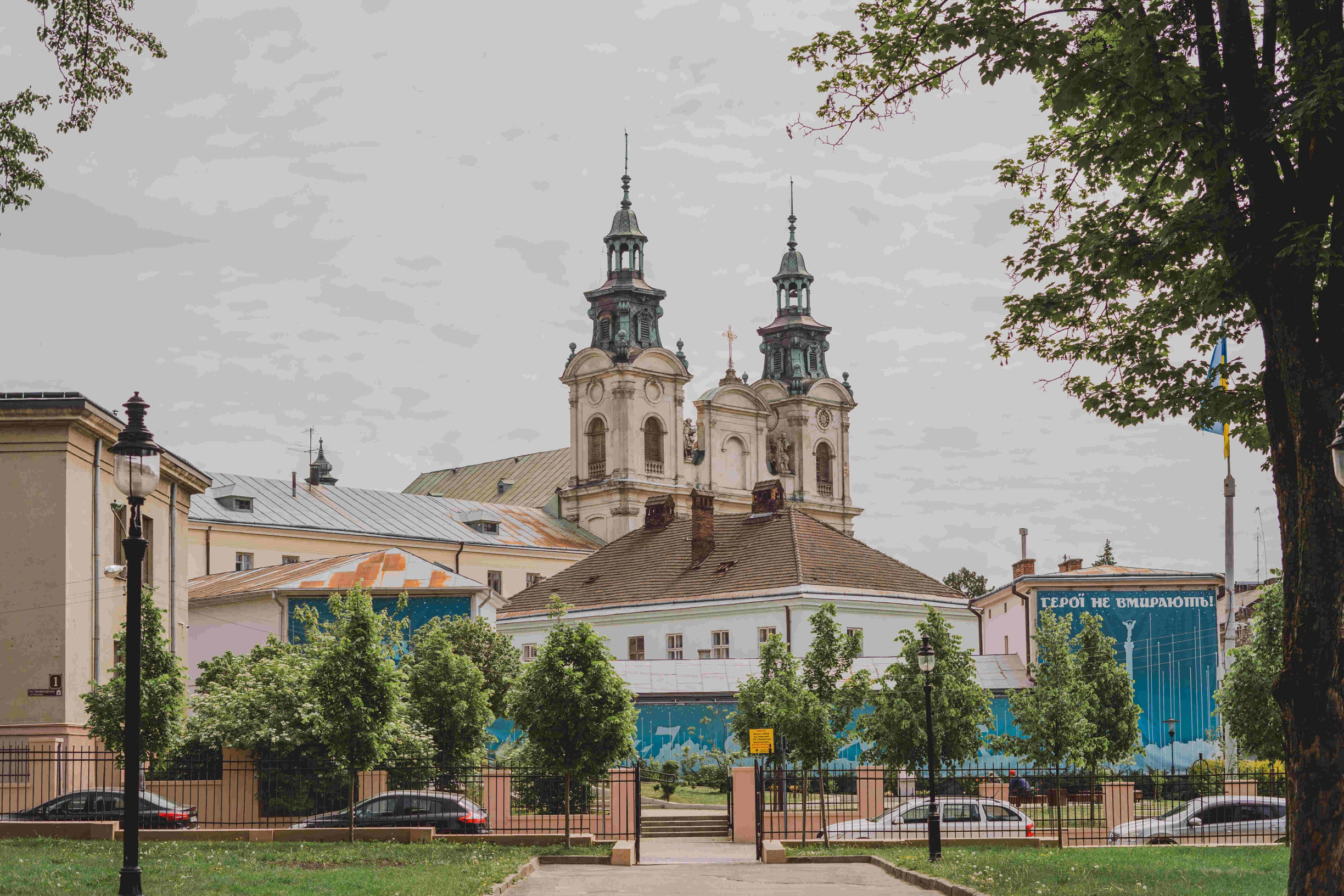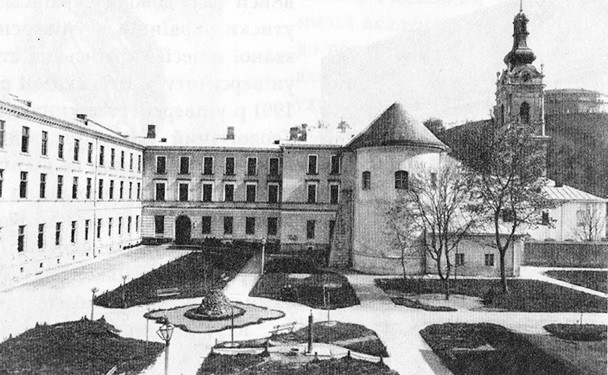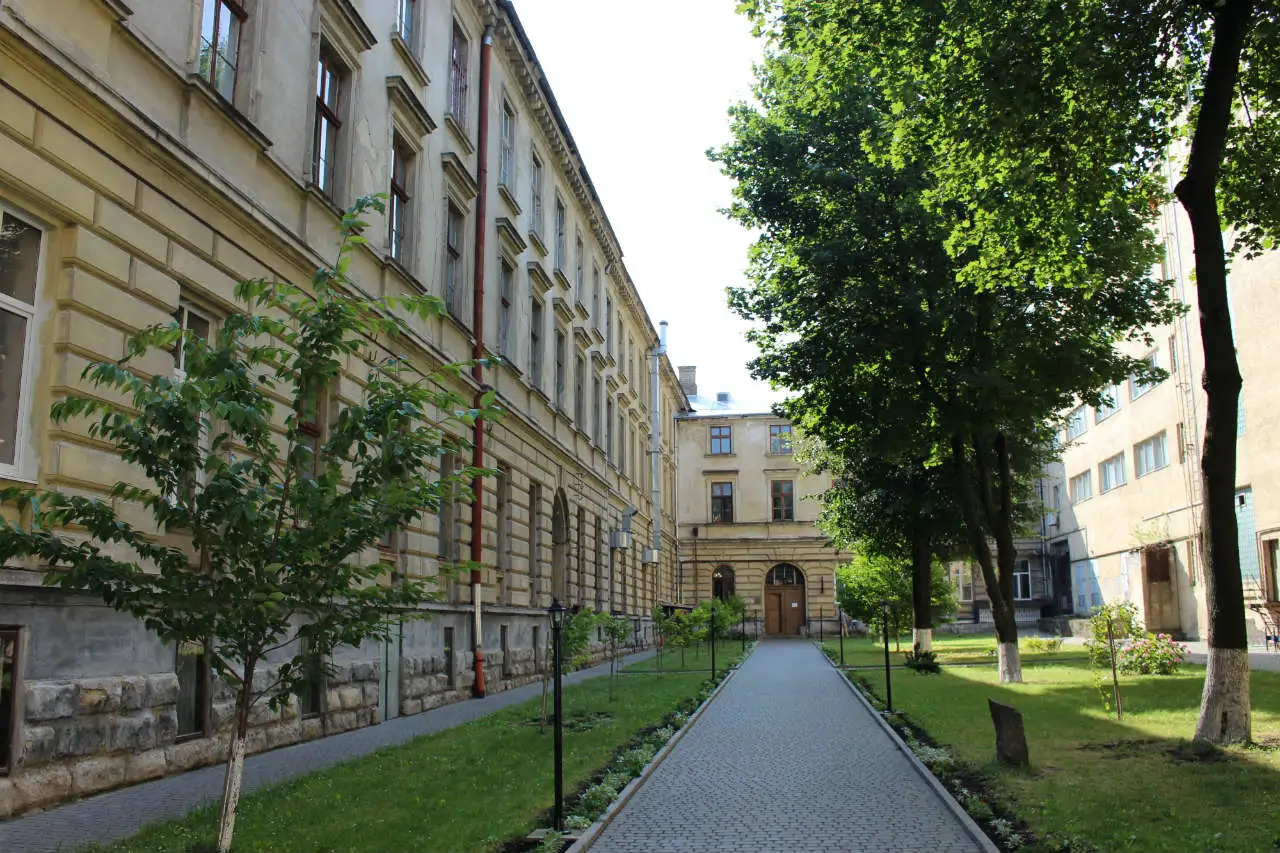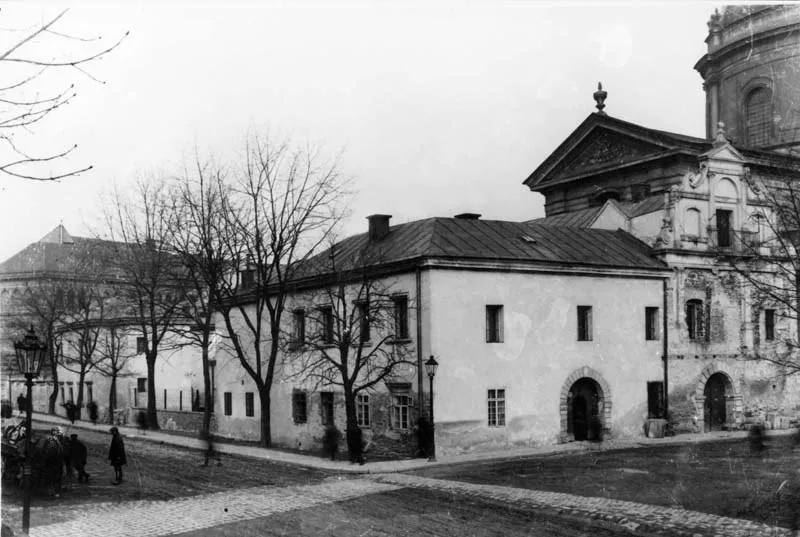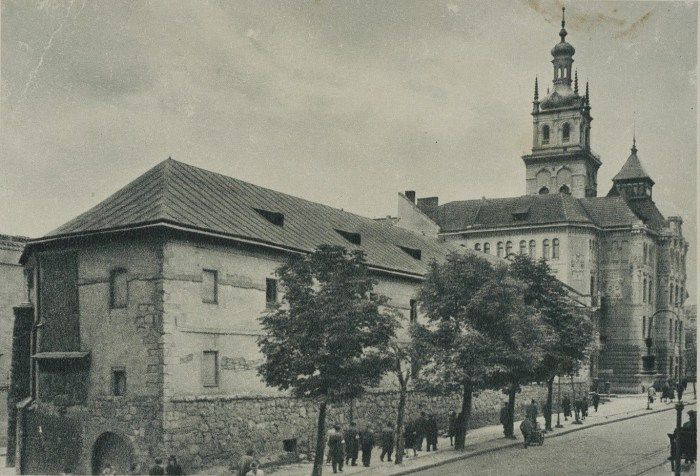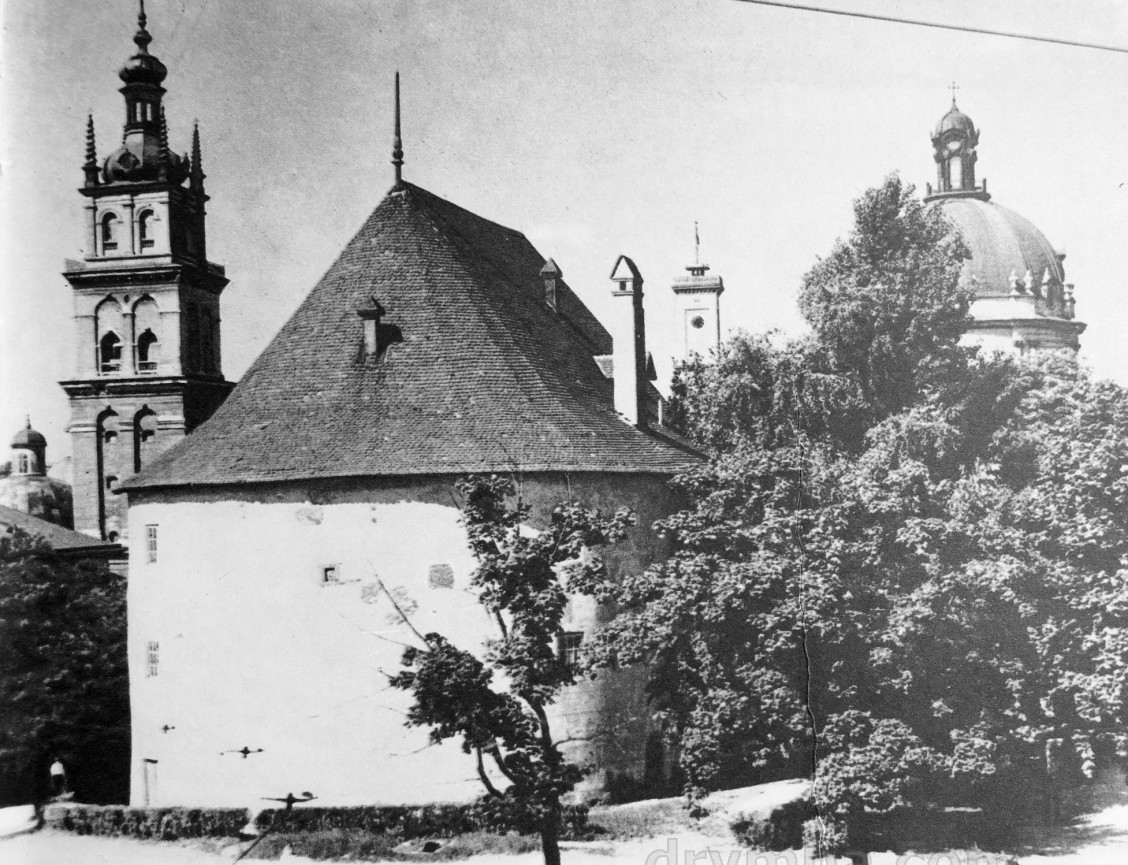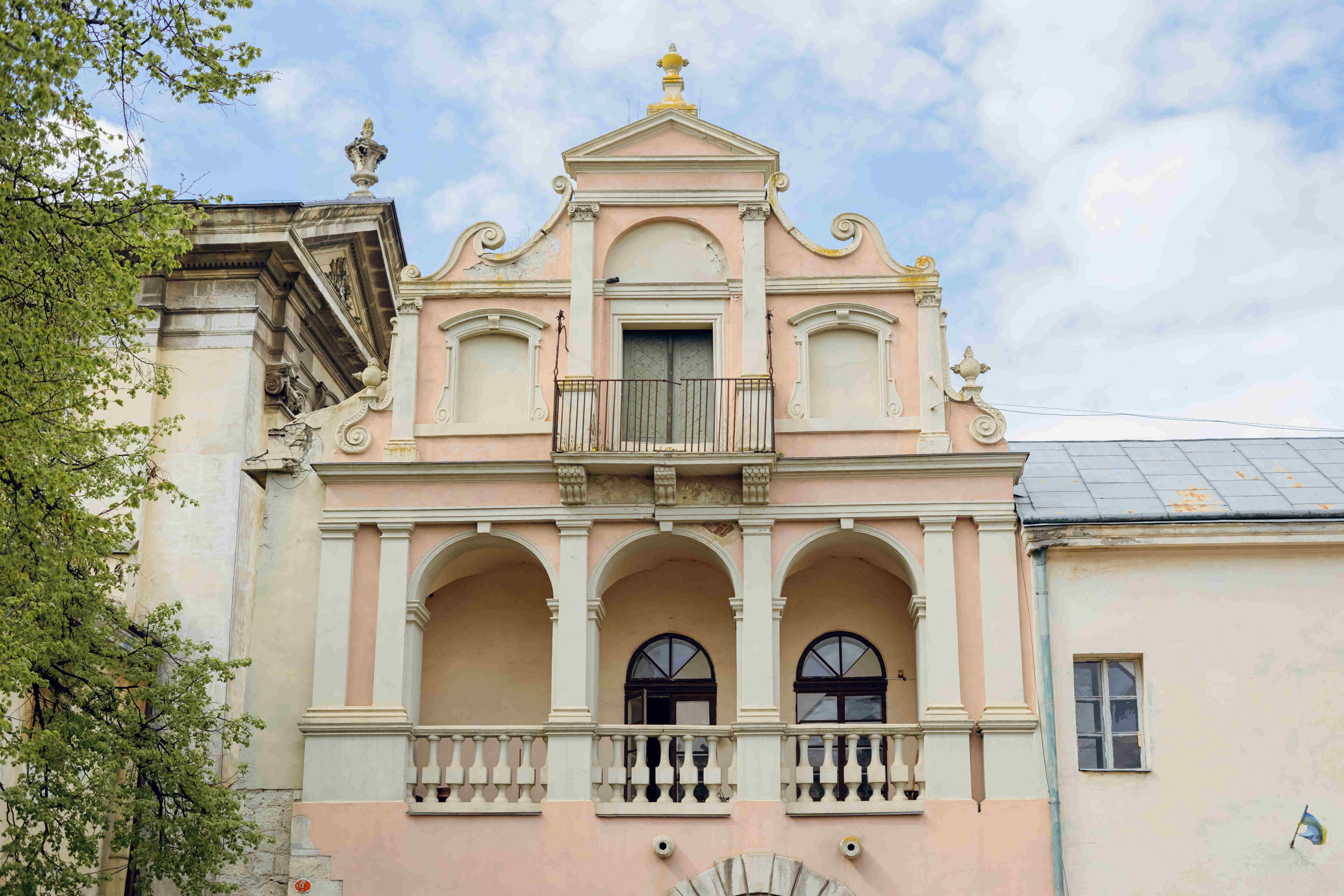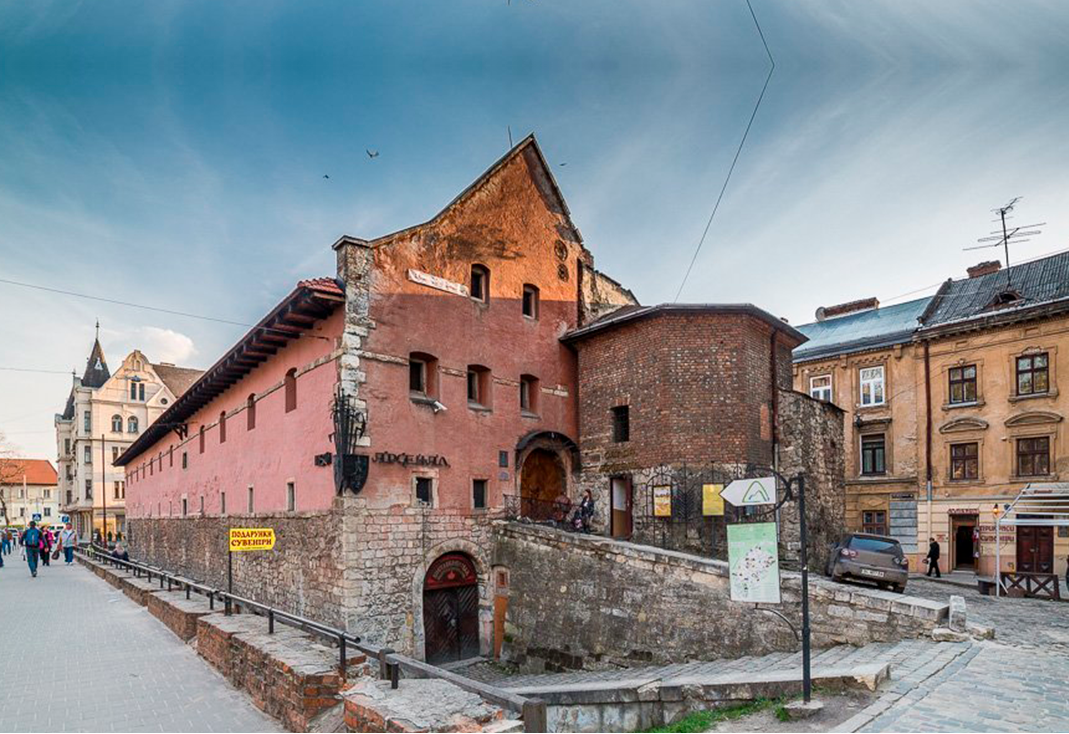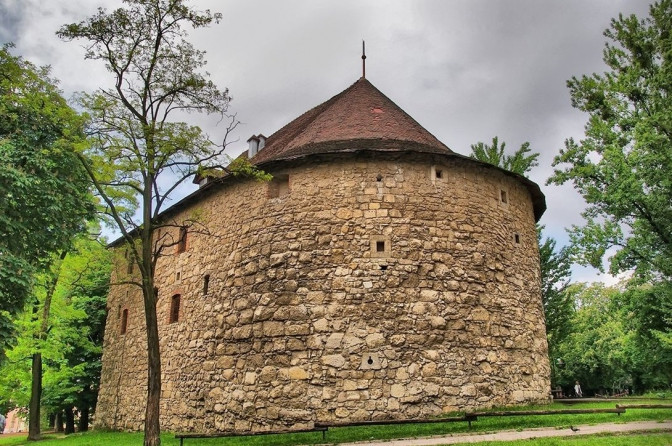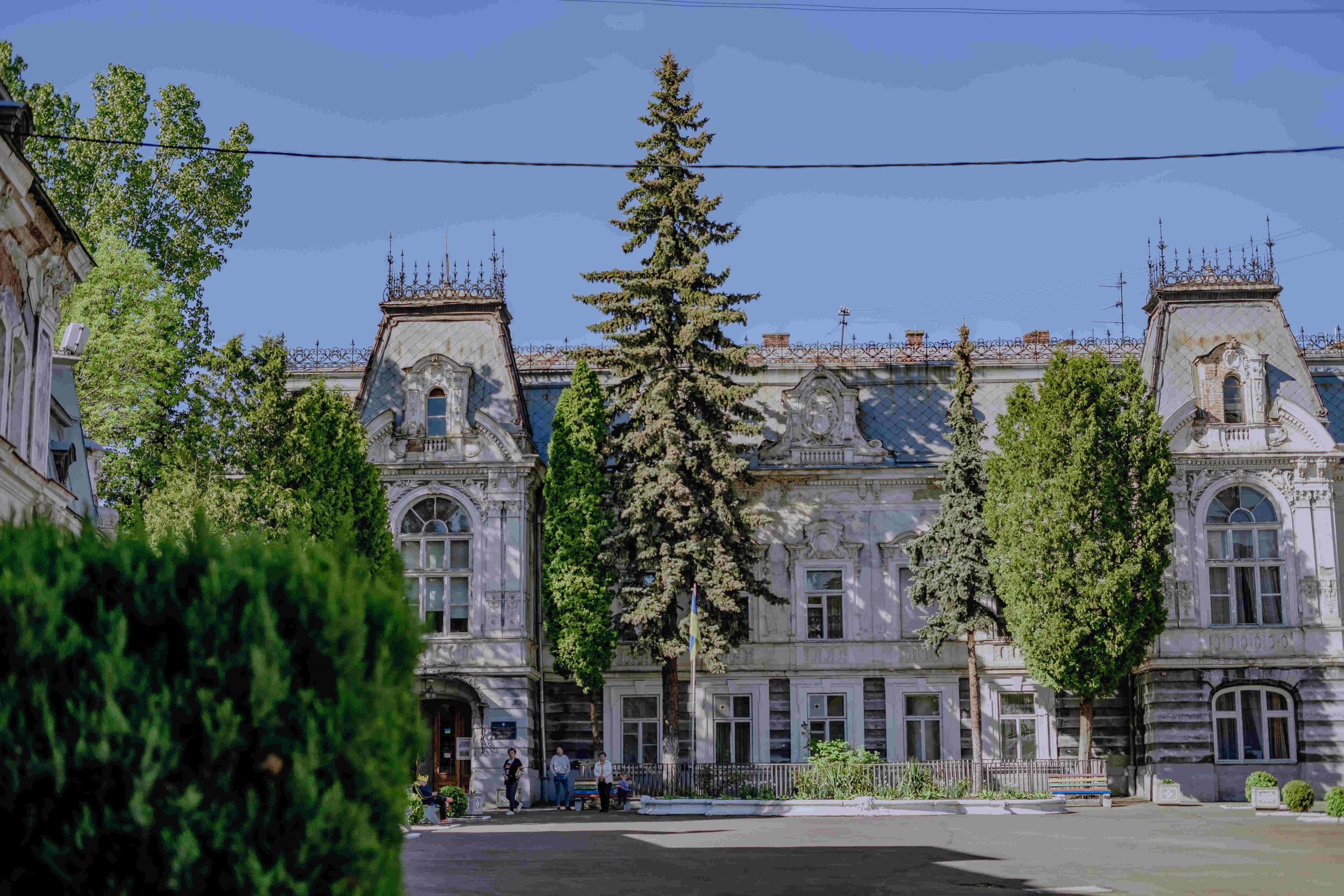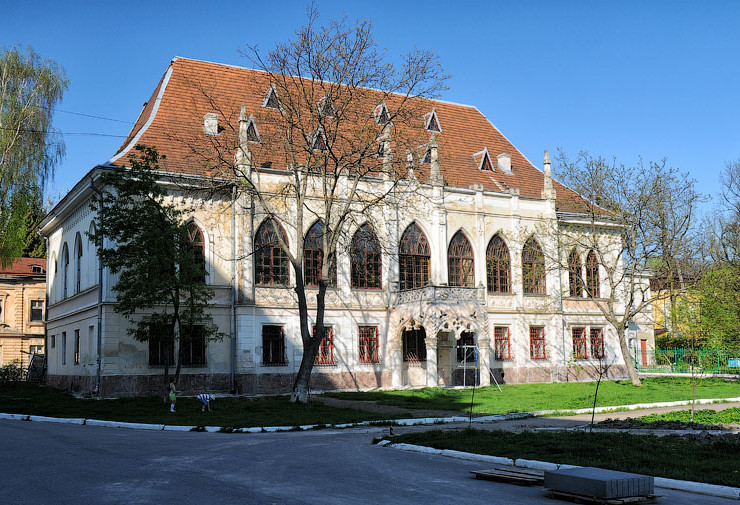Every big city is a palimpsest. Some of its layers are erased, and new ones immediately appear on top of them. This is the law of existence of turbulent metropolises, which is inscribed on every building or location. This is especially evident in the case of Lviv. It is an ancient city with many authentic structures. It is natural that many of them have changed their functions over time.
Lviv is a city of churches and monasteries
It is practically impossible to plan a route through the center of Lviv without passing or seeing a church. The sanctuaries are even featured on the Lviv logo. Each one has its unique history. Most, at least in the central part, were built as Roman Catholic churches but today serve as Greek Catholic churches. Moreover, some religious complexes have changed their functions dramatically. For example, the former St. Bridget's convent for women on Horodotska Street is now used as a detention center, while the former Carmelite monastery complex was converted into the Stefanyk library (formerly Ossolineum).
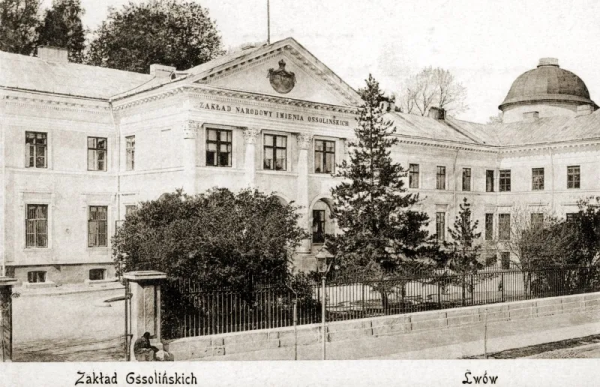
The story of the former Church of St. Mary Magdalene and the Dominican nuns' monastery is even more interesting. There was even a women's prison in the monastery. Today, the church serves as a concert hall with an organ. Since the Austrian times, the former Bernardine monastery has been home to the Lviv City Archives, which houses valuable source materials. The former Piarist College now houses the Lviv Regional Clinical Hospital.
A separate topic is former sacral complexes that have suffered destruction and changed their purpose. This was the case with the former Greek Catholic Spiritual Seminary and the Church of the Holy Spirit. A bomb hit the shrine during World War II. Part of the former monastic premises is now occupied by the Geography Faculty of Lviv University.

Science and culture.
One of the largest and best higher education institutions in Ukraine is considered to be the Ivan Franko National University of Lviv. This university has a glorious history, but it only intersected with its modern main building in the interwar period. The building that currently serves as the main university building was constructed at the end of the 19th century, but it was built for the needs of the parliament - the Galician Sejm. Next to it is the magnificent building of the former noble casino, which is now known as the House of Scientists. The old tram depot has become a new cultural location for Lviv, which has been transformed into the Lem Station.
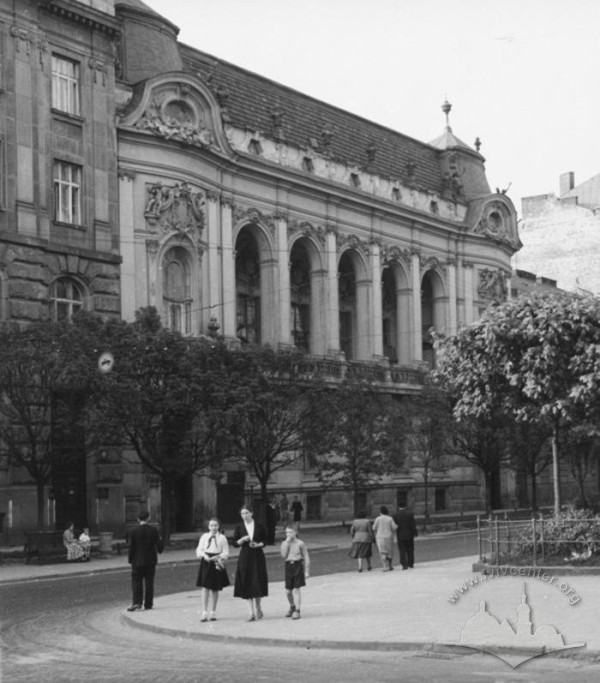
The fate of former municipal and private arsenals can be considered as a separate topic. They were once used for storing weapons and ammunition, various strategic supplies, as well as for economic purposes. Nowadays, the Lviv Regional Archive is located in the former Royal Arsenal, which is located near the monument to Ivan Fedorovych. The Senyavsky Arsenal now serves as a department of the Stefanyk Library, while the City Arsenal houses the Weapon Museum and also offers signature snacks at the "Rebernia" cafe. Since the city fortifications have lost their practical importance, the Powder Tower is also no longer an important strategic object for the city. It has now been transformed into a cultural and arts center for architecture and design.
You might also be interested: Lviv architecture. From the times of King Danylo to the present day
The nobility left, the palaces remained. In ancient Lviv, there were no fewer palaces and residences of magnates than there were temples. None of them are used for their intended purpose today. For example, the Potocki Palace is now a department of the Lviv Art Gallery, as is the Lozynskyi Palace. The Holukhivskyi Palace houses the diagnostic center of the Lviv Railway Hospital.
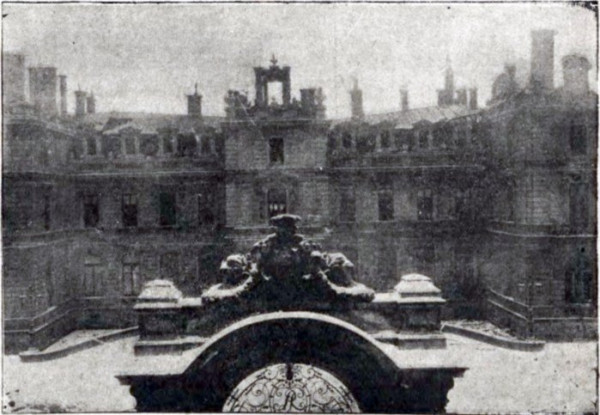
Former Sapieha Palace suffered during the World War II. Today, building of school No. 9 is located next to it. However, the Society for the Preservation of Monuments is located in the preserved part of the palace. The former palace of the Semenskyi-Levytskyi Counts functions as a boarding school today. The Turczynowicz-Kamieński Palace belongs to the Lviv Veterinary Academy.
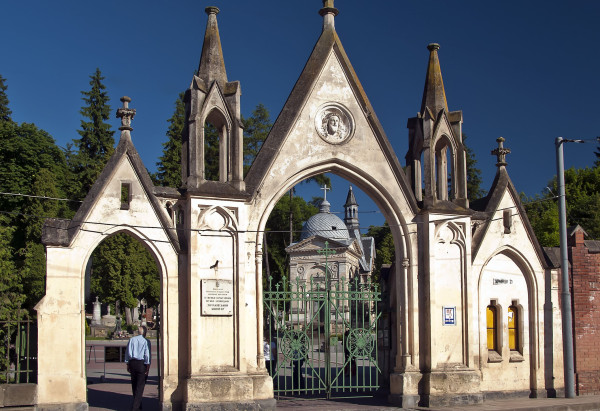
One cemetery, two cemeteries, three cemeteries.
The process of establishing Habsburg rule over Lviv was accompanied by significant transformations in the life of the city. In particular, at the end of the 18th century, all burials were removed from the central part of the city and large communal cemeteries were opened. The Lychakiv Cemetery still exists today. The Horodotsky Cemetery was located approximately where the current Railway Station Market is. Instead of the Zhovkva Cemetery, there is now the Pidzamche railway station, and the Stryisky Cemetery was located on the border of the current Stryiskiy Park and the Bohdan Khmelnytskyi Park.
History with a beginning but no end
The direction set forth above can be continued practically to infinity, and each subsequent year will only add new ideas and materials. For example, there weren't always hotels or offices on the Citadel, and the building of the Prosecutor's Office was once a commercial-industrial chamber. There are countless such stories, and they are an important component of life in every great city.
